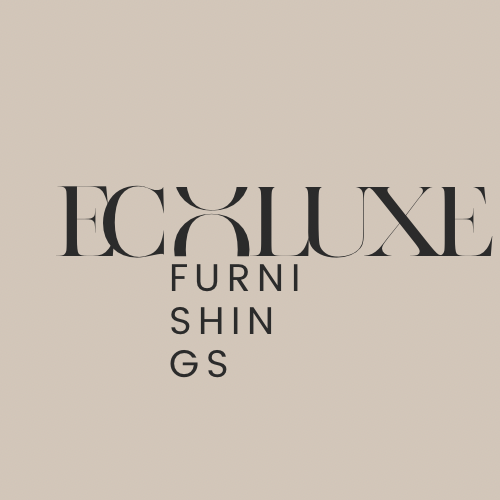The I Ching, also known as the Book of Changes, is an ancient Chinese divination text that has been used for thousands of years to provide guidance and insight into various aspects of life. While it has traditionally been used to make decisions about personal and professional matters, it is now becoming increasingly popular in the world of interior design.
One of the key principles of the I Ching is balance. According to the text, every situation in life contains both yin and yang, or opposite forces that must be balanced in order to achieve harmony. This principle can be applied to interior design by creating spaces that are balanced and harmonious in terms of color, texture, and layout.
For example, a room that is painted in all dark colors may feel oppressive and overwhelming, while a room that is painted in all light colors may feel bland and sterile. By using the I Ching to guide color choices, designers can create rooms that are balanced and harmonious, with a mix of light and dark colors that work together to create a peaceful and inviting environment.
Another way that the I Ching can be used in interior design is to guide the placement of furniture and accessories. By following the principles of the text, designers can create spaces that feel balanced and harmonious, with furniture and accessories arranged in a way that allows for the free flow of energy.
For example, a room that is cluttered with too many pieces of furniture or accessories can feel chaotic and overwhelming, while a room that is sparsely furnished can feel empty and inhospitable. By using the I Ching to guide the placement of furniture and accessories, designers can create spaces that feel balanced and welcoming, with just the right amount of furniture and accessories to create a comfortable and inviting atmosphere.
In addition to guiding color and furniture choices, the I Ching can also be used to guide the selection of materials and textures. By following the principles of the text, designers can create spaces that feel natural and harmonious, with materials and textures that work together to create a cohesive and inviting environment.
For example, a room that is filled with hard surfaces such as concrete or metal can feel cold and uninviting, while a room that is filled with soft textures such as fabrics and natural materials can feel warm and inviting. By using the I Ching to guide material and texture choices, designers can create spaces that feel balanced and harmonious, with a mix of hard and soft materials that work together to create a comfortable and inviting atmosphere.


